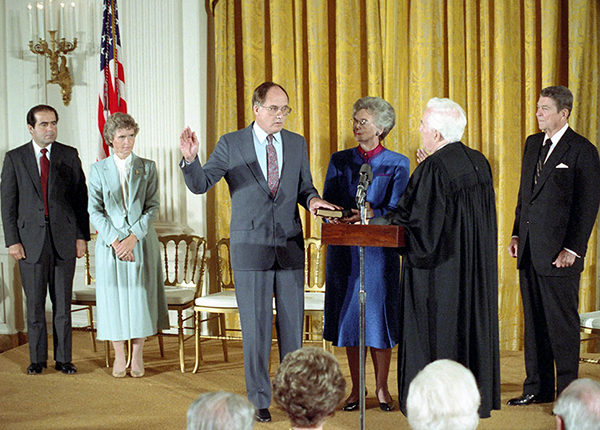Summary
Washington v. Glucksberg involved the question of whether there is a constitutionally protected right to physician-assisted suicide. In the late twentieth century, the Netherlands legalized the practice and inaugurated a debate in the United States over the issue. The following case resulted when doctors brought suit challenging a state law prohibiting physician-assisted suicide.







